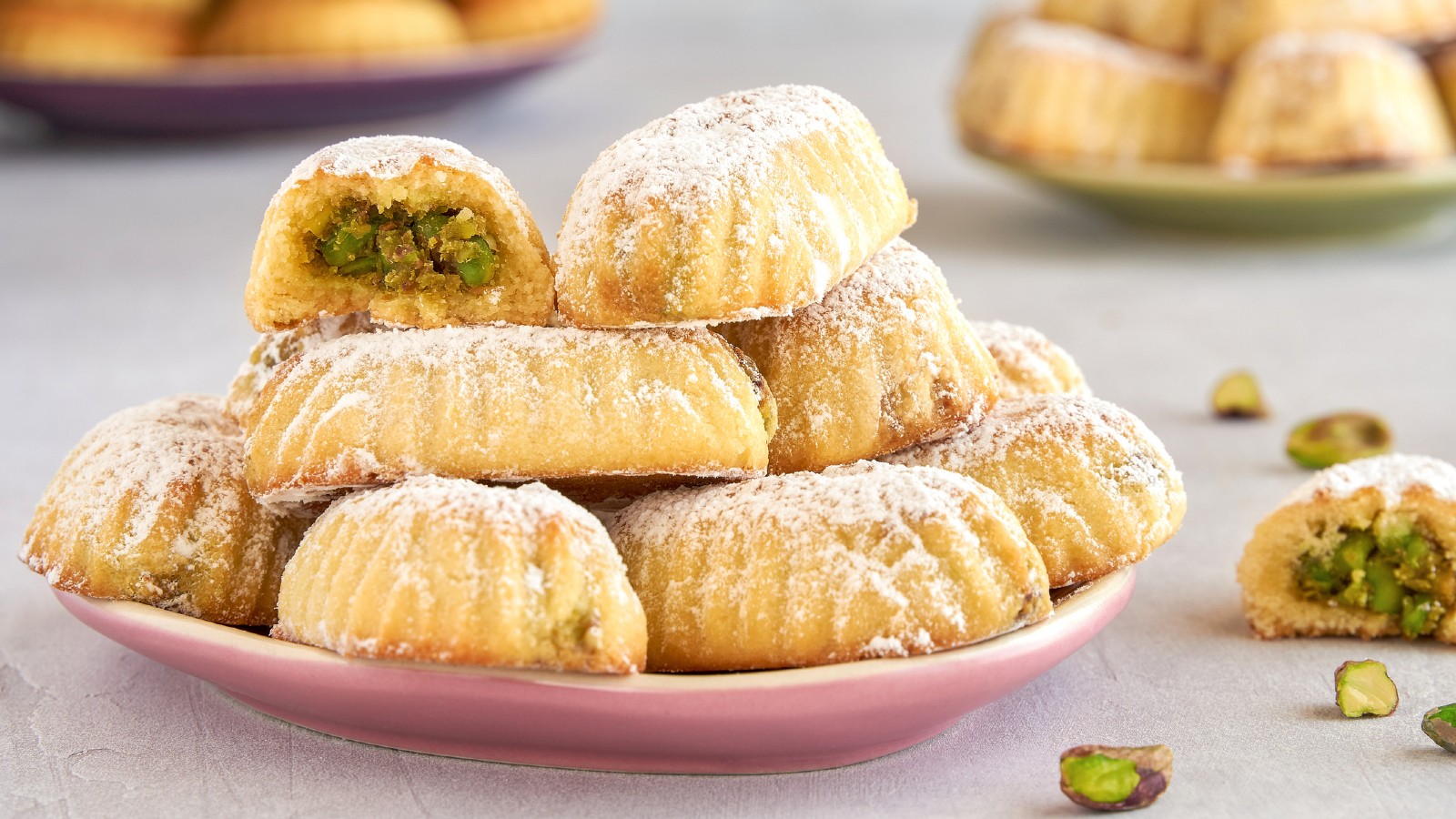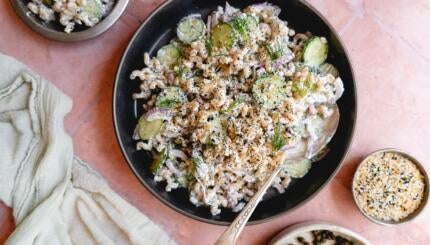Experience has taught me that for every tender, generously filled hamantaschen is a dry, bland one. I feel like I’m rolling the dice every time I bite into one of these ubiquitous Purim cookies.
Luckily for me, there’s a bounty of alternative Purim cookies hailing from Jewish communities from around the world — Iraq, France, and Turkey, to name a few. Some are delicate and buttery, some are crisp and flaky. Some are perfumed with cardamom, and others with orange blossom water.
Whether you’re a hamantaschen devotee or not, join me and dip your hand into the global cookie jar this Purim.
1. Hadgi Badah
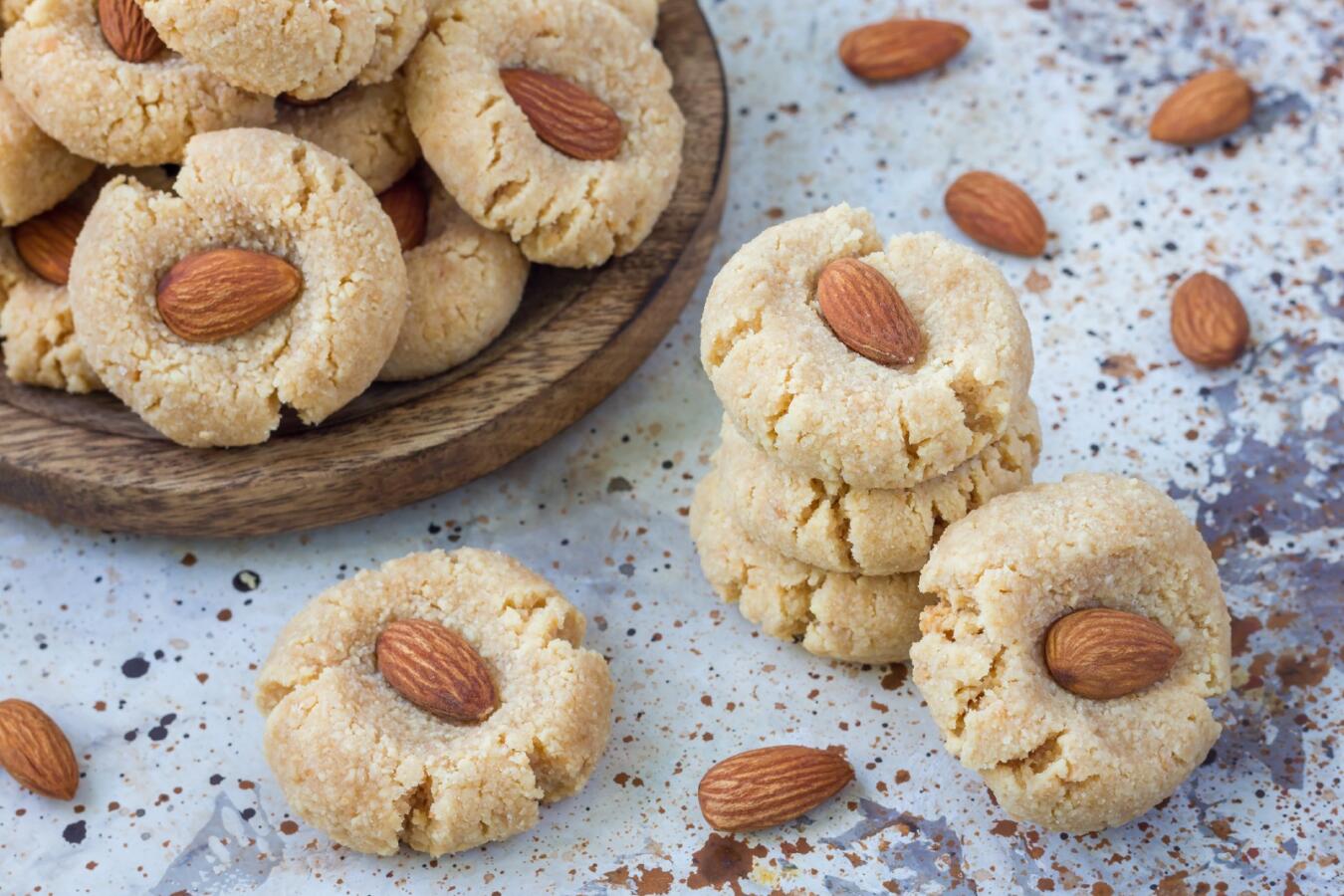
These Iraqi cookies are similar to macaroons, kept moist with ground blanched almonds (and often pistachios, too) and scented with cardamom. Slivered or whole almonds or pistachios are pressed on top of the cookie before baking. Gil Marks’ recipe in Encyclopedia of Jewish Food calls to moisten your hands with rose water or orange blossom water before rolling the cookie dough into balls for a subtle floral addition.
The Nosher celebrates the traditions and recipes that have brought Jews together for centuries. Donate today to keep The Nosher's stories and recipes accessible to all.
2. Ma’amoul
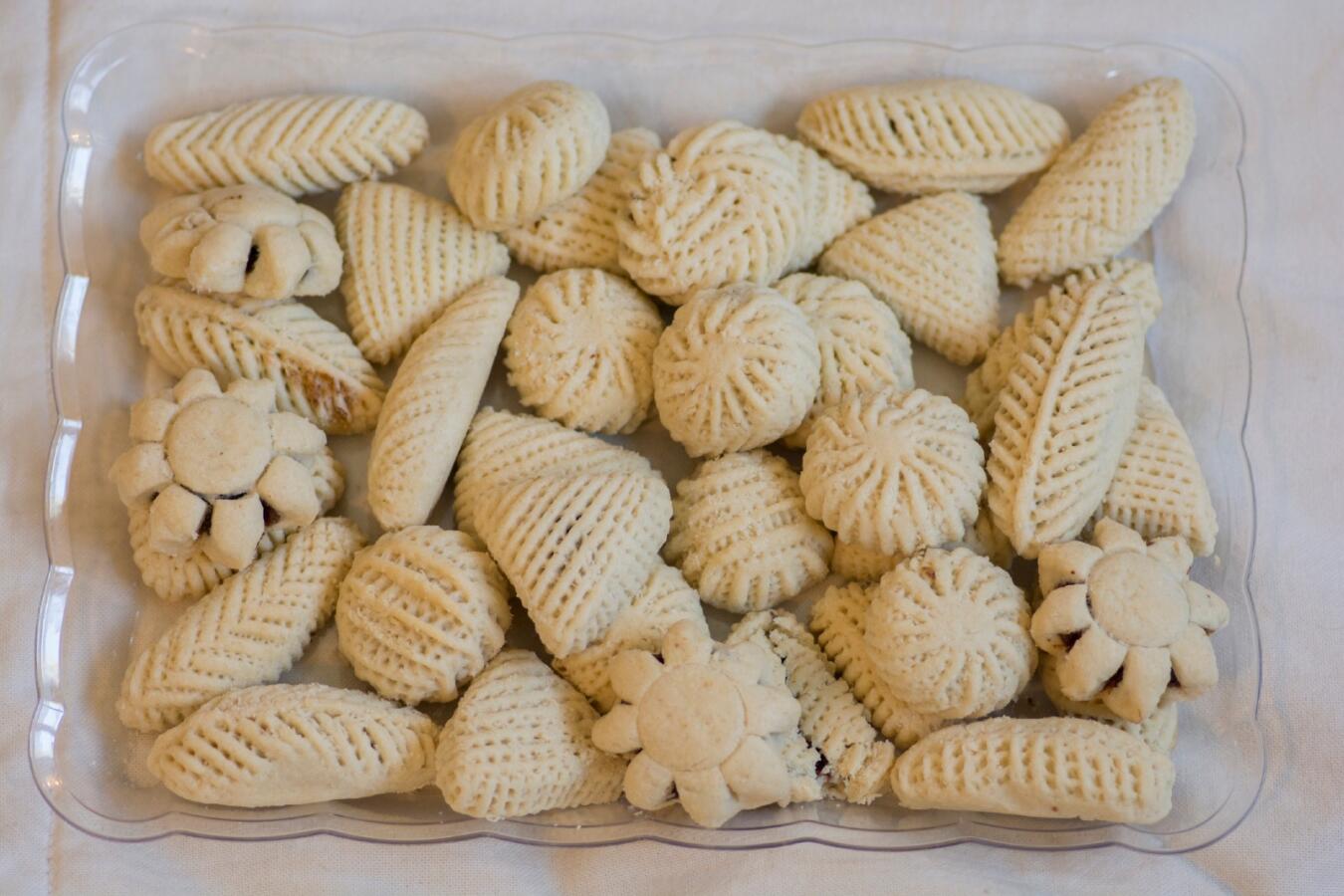
Ma’amoul means “filled” in Arabic and these tender cookies are filled with all sorts of delights, like dates or nuts. Pistachios and walnuts are popular Purim fillings for Jews of Syrian, Lebanese, and Egyptian descent. Ma’amoul are intricately decorated with patterns created by purposeful snips from a teeny tiny pair of tweezers or carved moulds, but if you’re short on time, this “lazy” version is still pretty fabulous.
3. Palmiers
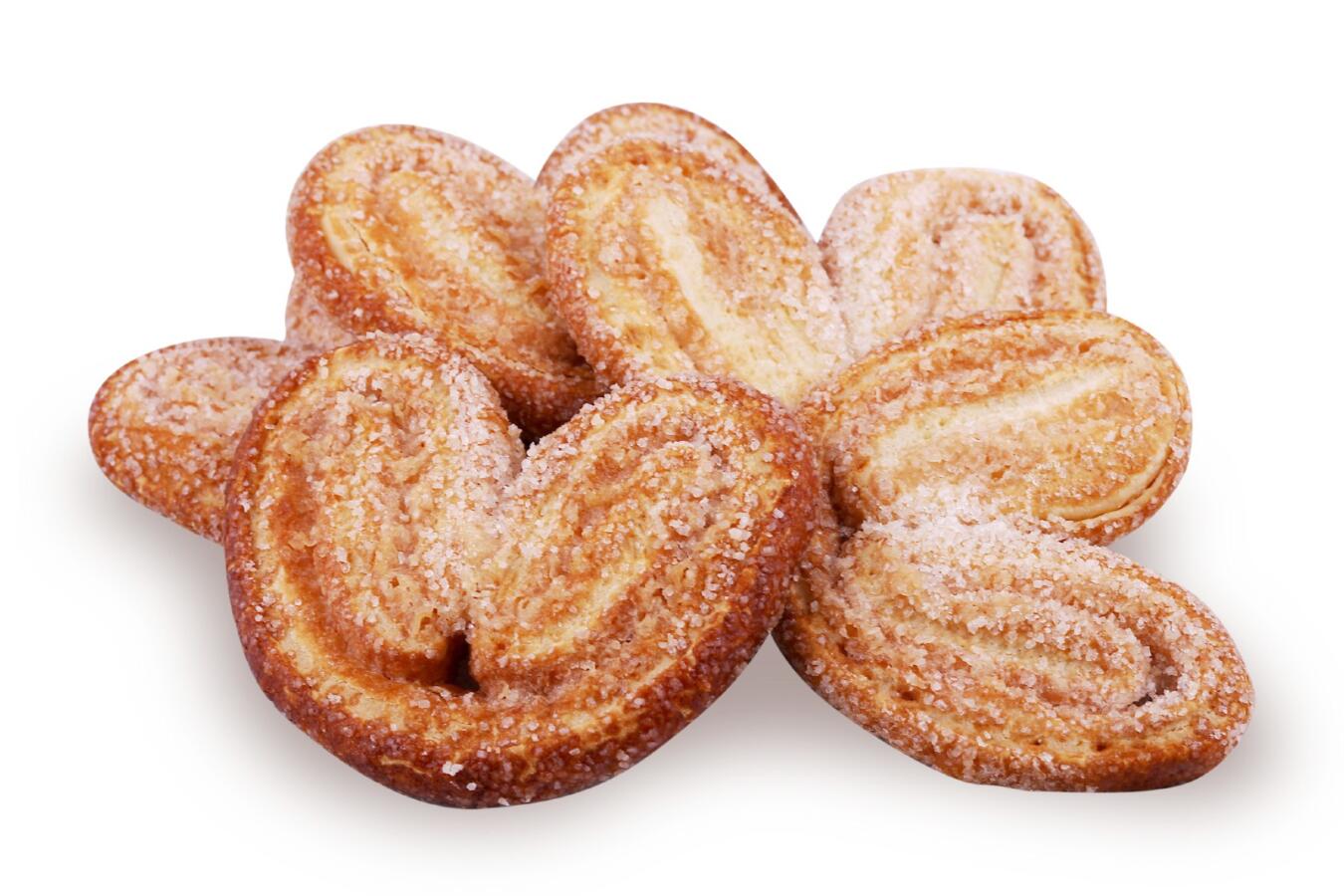
The French prove their culinary brilliance once again by opting to pay homage to Haman’s ears with this delicate, sugar-encrusted pastry. Yes, you read correctly: The two coils of the palmier are said to represent the Purim villain’s ears. This isn’t as random as it may seem; in Israel, hamantaschen are called oznei Haman (Haman’s ears), referencing the practice of cutting off or cropping a criminal’s ears prior to execution. Yummy.
4. Debla
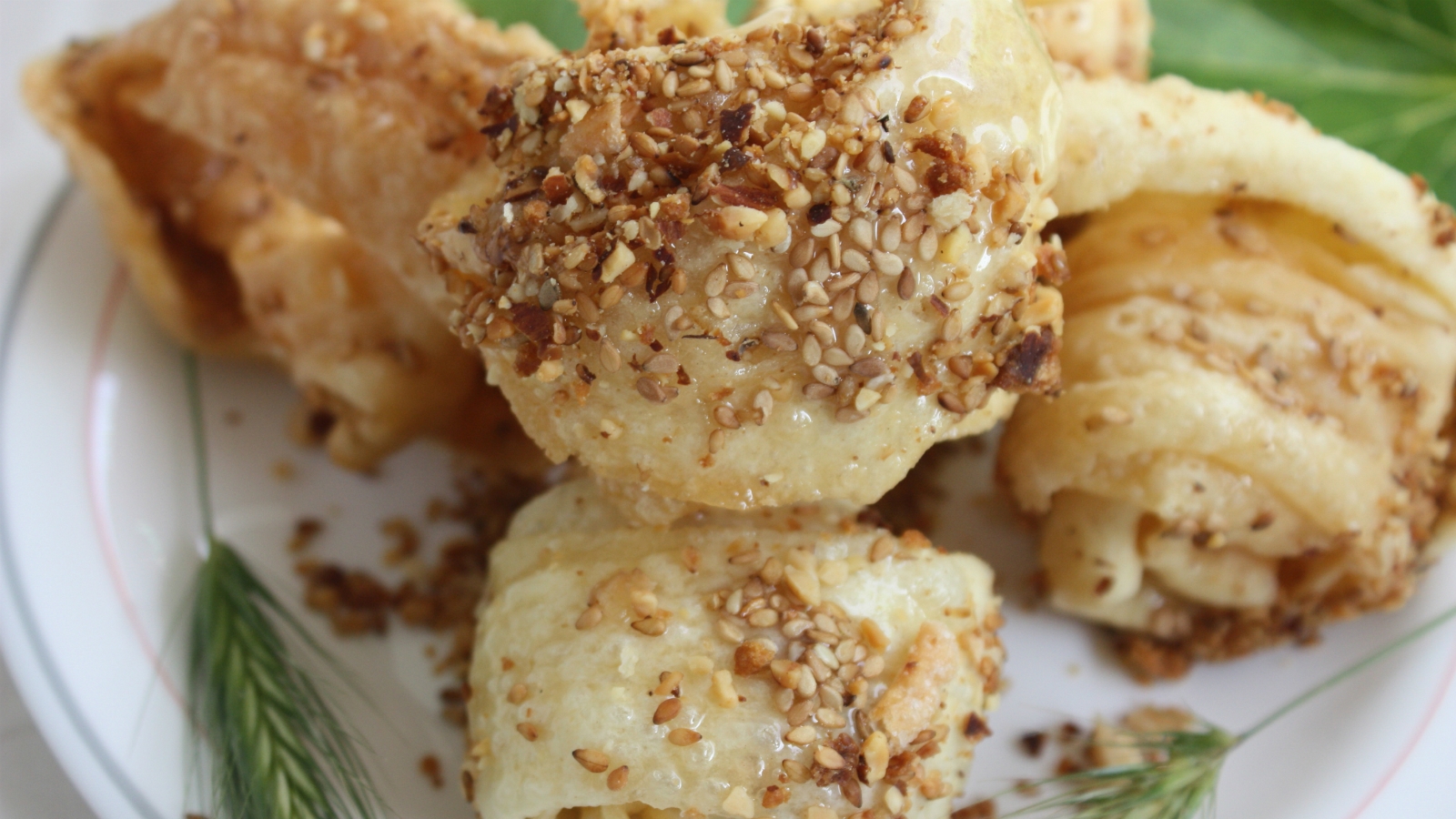
These sticky, fragrant cookies are popular in Libya, Algeria, and Morocco (where they’re called fazuelos). Strips of thin dough are wrapped into the shape of a rose, deep-fried until golden, then soaked in a sugar syrup, which is often flavored with orange blossom water. A final flourish of sesame seeds or crushed nuts that stick to the syrup adds extra crunch.
5. Nan-e Berenji/Nanbrangi
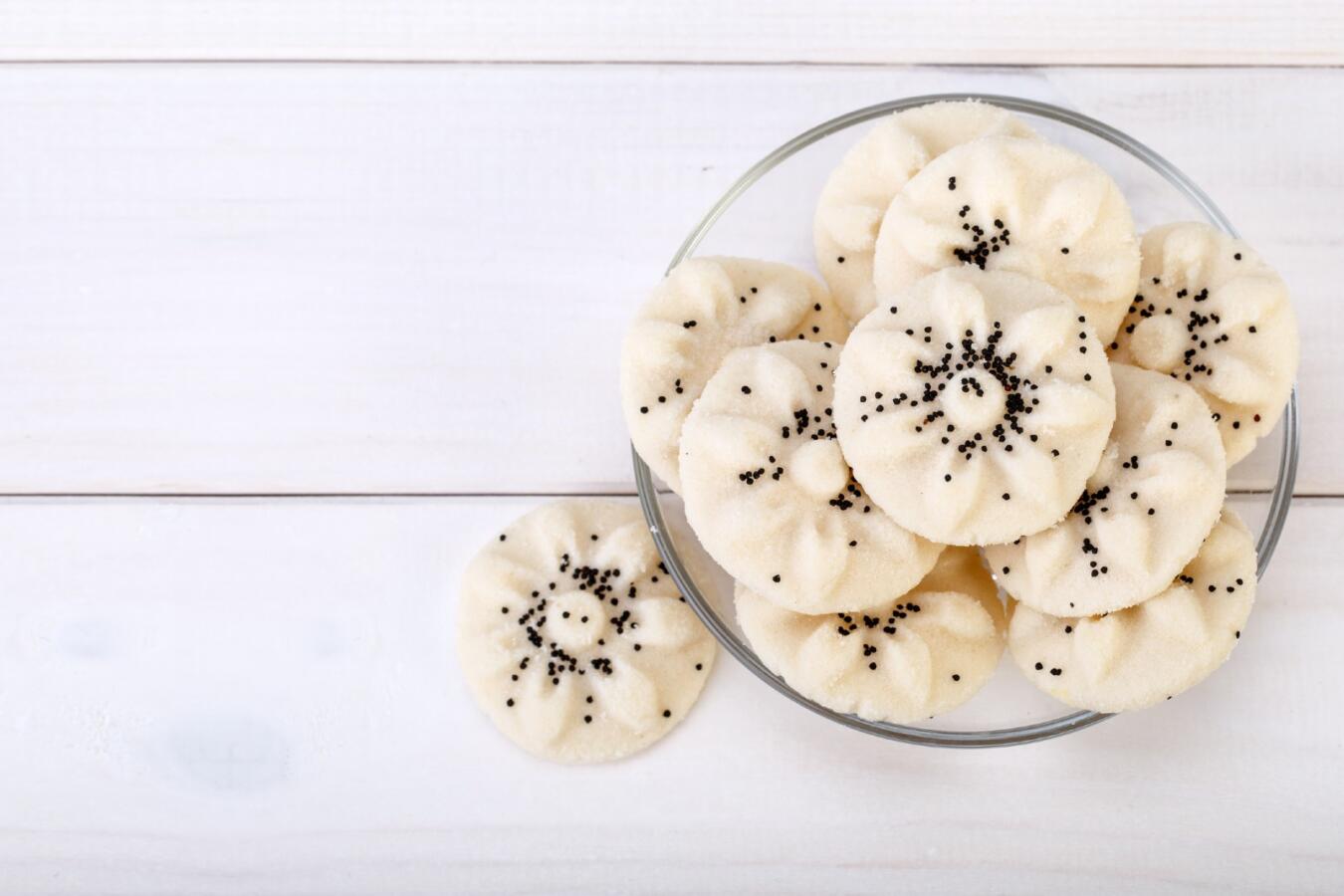
Another way to use poppy seeds on Purim are these Persian cookies made with rice flour (which means they’re gluten free)! They are sprinkled with crunchy poppy seeds, said to resemble Haman’s fleas, before baking. Nanbrangi are flavored with rose water and are so light that you may finish the entire batch in one sitting.
6. Haman’s Fingers
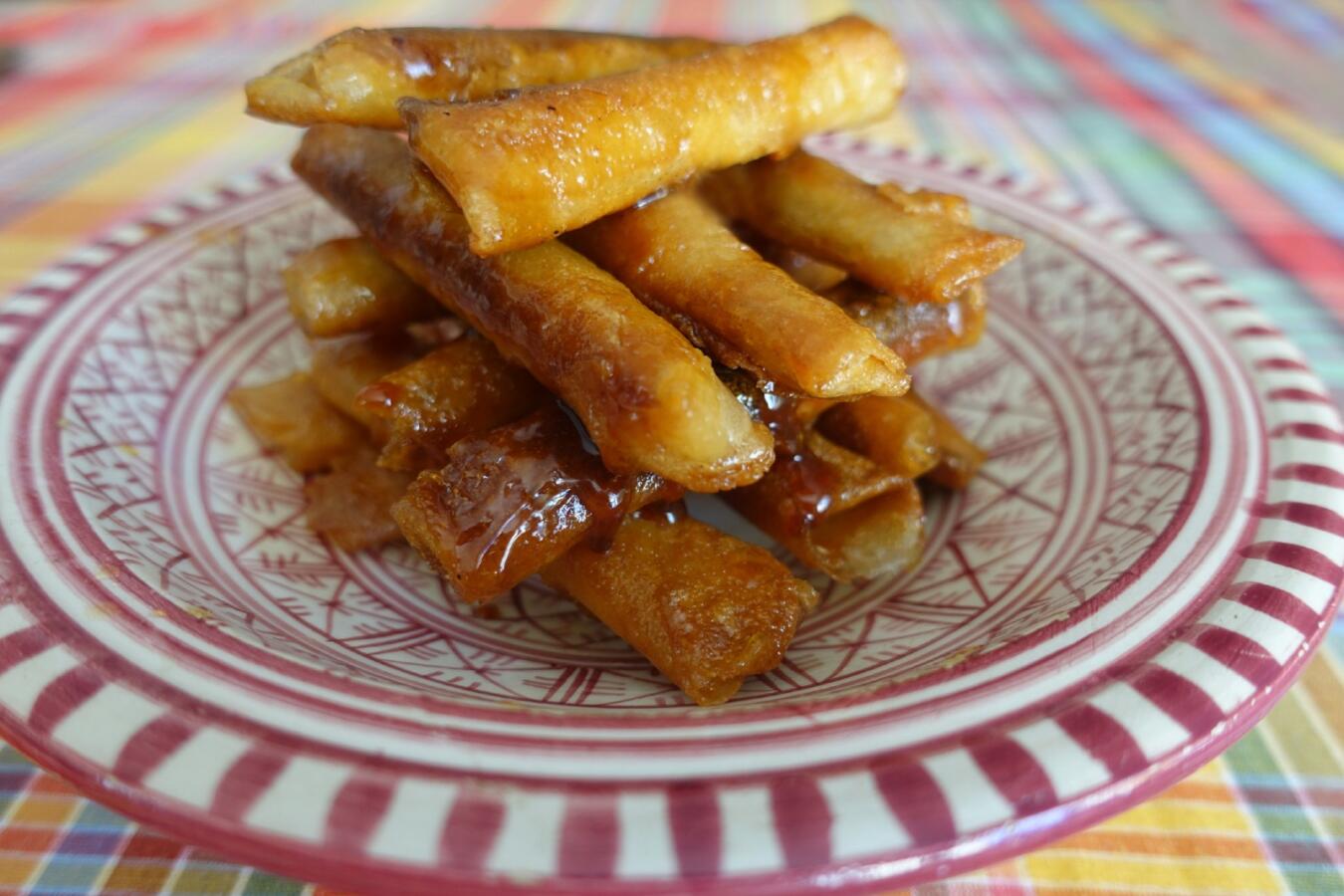
The Purim cookie of choice in Greek and Turkish communities are these flaky rolls, said to resemble Haman’s fingers. Phyllo dough is filled with chopped almonds and warm spices like cinnamon, then rolled into cigar shapes, brushed with butter or margarine, and baked until golden and crisp.
